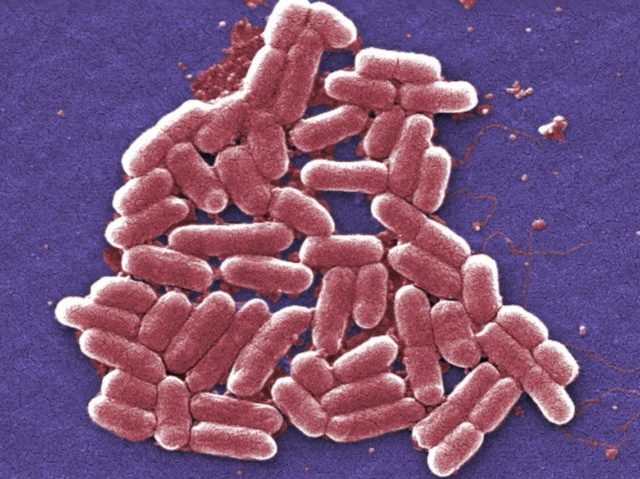Over 200 antibiotic-resistant genes were found by the Centers for Disease Control (CDC) in tested bacteria across the country.
In a report entitled “Vital Signs: Containment of Novel Multidrug-Resistant Organisms and Resistance Mechanisms,” the CDC has reported on a disturbing amount of what it called “nightmare” bacteria responsible for infections that are highly resistant to traditional antibiotic treatments.
CDC Principal Deputy Director Dr. Anne Schuchat was “surprised by the numbers [the CDC] found.” According to Dr. Schuchat, “two million Americans get infections from antibiotic resistance, and 23,000 die from those infections each year.” And after testing nearly 6,000 nursing homes and hospitals across the nation, the organization discovered that one in four bacteria contained antibiotic-resistant genes.
A follow-up screening found that one in ten carried some of these, “meaning the unusual resistance had spread to other patients and could have continued spreading if left undetected,” according to Schuchat. “This wasn’t just a problem in one or two states,” she said.
Schuchat said that “CDC estimates show that even if only 20% effective, the containment strategy can reduce the number of nightmare bacteria cases by 76% over three years in one area,” making their work vital to saving lives and eradicating bacteria with the potential to become epidemic threats.

COMMENTS
Please let us know if you're having issues with commenting.